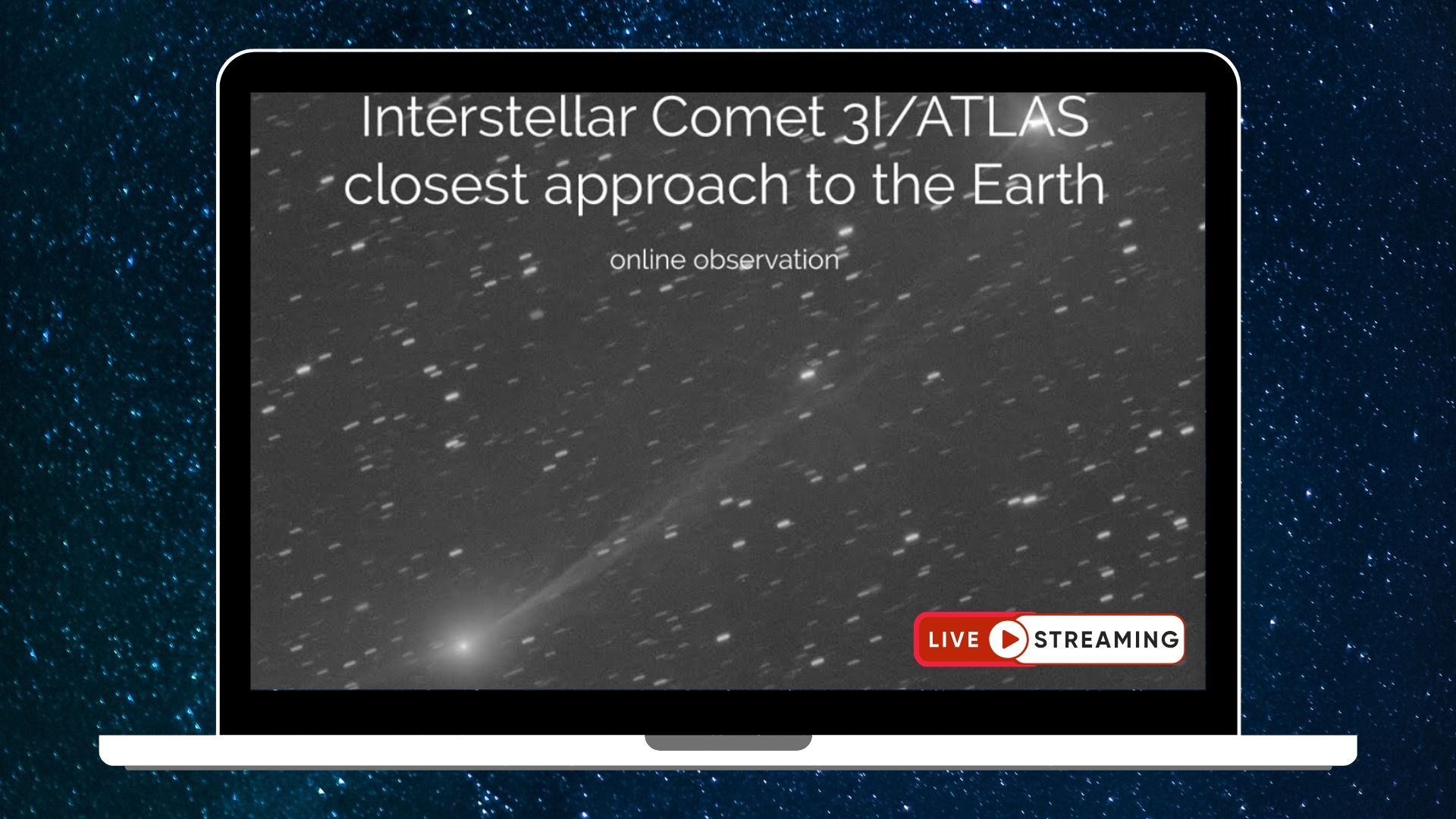Watch On
Eager skywatchers will soon have front-row seats to a rare cosmic encounter as interstellar comet 3I/ATLAS makes its…

Watch On
Eager skywatchers will soon have front-row seats to a rare cosmic encounter as interstellar comet 3I/ATLAS makes its…

From a new presidential administration and consequential tariffs to devastating wildfires and a new comet, to pop culture news and continued international conflict, faculty experts at Michigan State University offered thoughtful, research-based…

The 2-C-methyl-D-erythritol 4-phosphate (MEP) (Figure 1) pathway is a metabolic route that converts glyceraldehyde 3-phosphate (G3P) and pyruvate into the universal isoprenoid precursors isopentenyl diphosphate (IDP) and…

WASHINGTON — Max Space, a startup developing expandable module technologies, plans to build a commercial space station that could launch on a single Falcon 9 rocket.
The company unveiled plans Dec. 17 for Thunderbird Station, a space…

Suspended above the Mediterranean Sea, Russia’s Soyuz MS-28 spacecraft made its final approach to the International Space Station (ISS) on Nov. 27, 2025, the same day it launched from Earth. Not only did Soyuz MS-28 carry three new crew members…

An innovative three-color method for capturing images of mRNA inside live mammalian cells has been developed by UMass Amherst chemists. Because RNA is both incredibly important to human life and health and poorly understood, the…

17/12/2025
6 views
0 likes
It has been a busy year for the European Space Agency’s Proba-3 mission. The satellite duo has already created more than 50 artificial solar eclipses…

It’s now become easier to forecast the next eruption of Alaska’s Bogoslof volcano.
New research led by Pavel Izbekov, a volcanologist at the Alaska Volcano Observatory, is applying the foundations of diffusion chronometry—the…

Earth system models offer insight into how climate change will affect communities. But residents of those communities are rarely consulted on the design and deployment of these models, which can lead to the models…